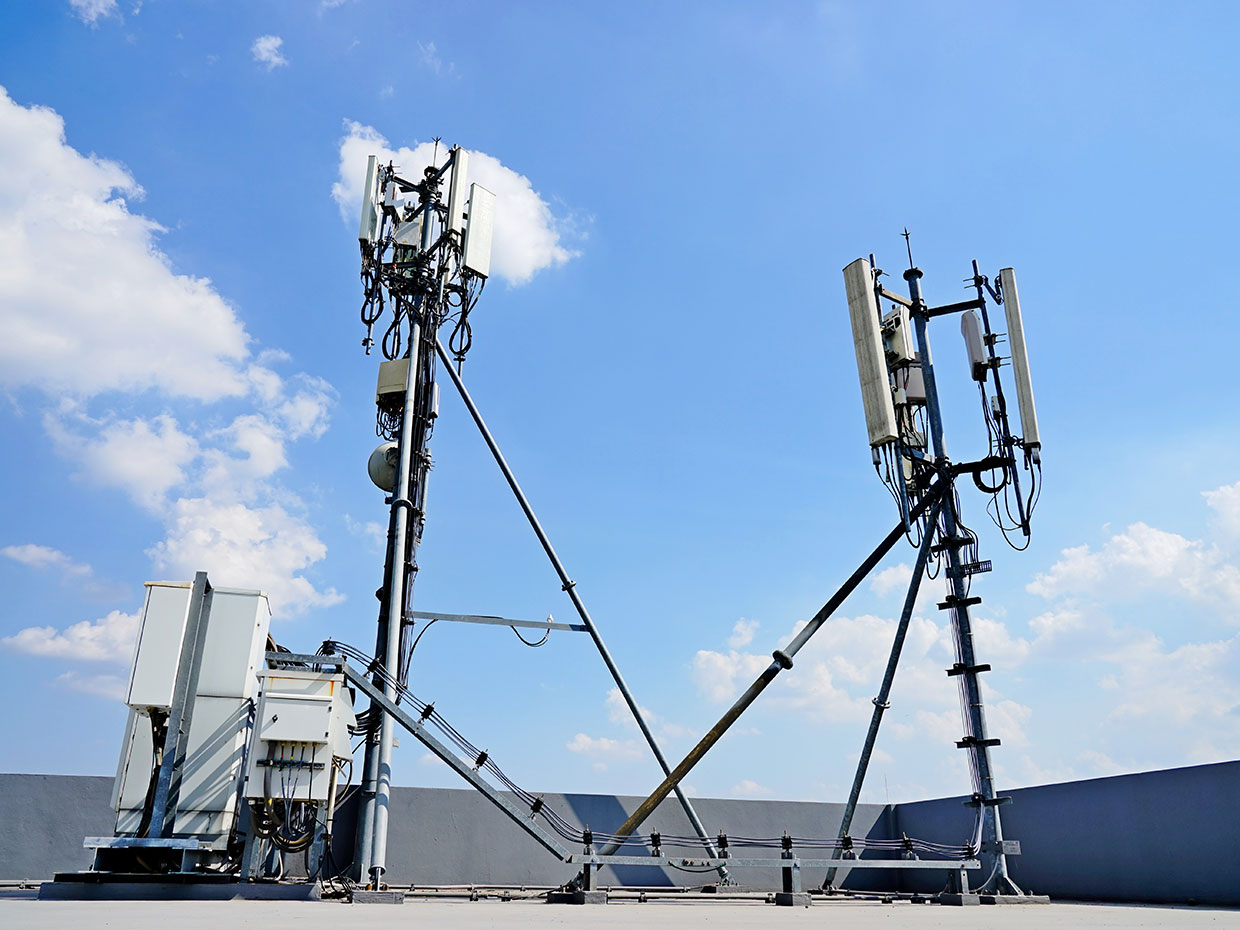Are usually safest distance from the 5G cell Tower?

If you've ever wandered through a town, you may have seen tiny cell towers for 5G placed on poles for street lighting. They appear like tiny boxes however they're actually sending wireless signals from cellular providers to your phone.
The smaller ones are being replaced by larger specially-designed cell towers. While they're not as noticeable however, they could create problems for those who live nearby.
https://rentry.co/ymbki is the Federal Communications Commission's Radiation Exposure Thresholds
The FCC's Radiation Exposure Thresholds establish the safe limit at which a person can be exposed to electromagnetic energy generated by wireless devices. The limits for exposure are based upon scientific research which show that the energy of RF can cause harm to health.
The rate of absorption called the specific absorption rate (SAR) is a measure of the radiofrequency energy taken up by tissues. It is typically 1.6 milliwatts per kilogram averaged over one kilogram of tissue.
Since 5g is able to transmit at higher frequencies this could be able to create more energy on the skin and other directly-exposed body parts. This can lead to various possible harms, like the formation of skin disorders like dermatitis, cataracts, and skin cancer.
Because of the potentially negative effects of 5G radiation, PSU has chosen to create a general limits on power density, which is 4mW/cm2 based on the average over 1 cm2, and never exceeding 30 minutes for all 5G services at 3000 GHz. This localized limit is in accordance with the highest SAR spatial-average of 1.6 W/kg, which is averaged over 1 5 grams of body tissue, at 6 GHz.
The FCC's Maximum Exposure Thresholds for Maximum Exposure
If you've ever used a mobile phone, you're probably aware that the safest location from the tower is around 400 meters away. This is because the power of the transmission of the cell tower is significantly increased the farther you are from it.
Although this may sound like something that's good however, people who live close to towers may actually be more susceptible to health problems. For example, a study from 2014 in India found that residents who lived within 50m of cell towers had significant more health issues than those living further far from antennas.

But, the study revealed that those who relocated to areas that were further from the cell towers saw their symptoms improve within a couple of days. Studies have also shown that exposure to high levels of radiofrequency electromagnetic fields (EMFs) can lead to cancer, brain tumors and other health issues.
This is due to the fact that radiofrequency radiation, which is used for wireless communication, has the ability to be absorbed by the body's outer layer, the skin. It is crucial to know since the skin functions as a shield against mechanical injury, infection from pathogenic microorganisms, as well as infiltration of toxic substances. Additionally, it is the largest organ of the human body and is accountable for maintaining the integrity of other organs.
The FCC's Minimum Exposure Thresholds
The FCC's Minimum Exposure Thresholds rely on a variety of assumptions that aren't supported by evidence from science. This includes the false assumption that short-term exposures to RF radiation are safe because of the minimal radiation penetration in the human body (i.e., tissue heating).
The assumption also ignores the more extensive penetration of ELF parts of modulated RF signals as well as the consequences of short bursts of heat generated by RF waves that are pulsed. These assumptions do not correspond with the current understanding of biological consequences of RF radiation. As such they should not be considered for health protection exposure standards.
Furthermore, the ICNIRP and FCC restrict their maximum exposure limits to local peak SARs, based on the peak spatial specific absorption rate (psSAR), which can be described as not a sufficient dosimetric tool to assess the amount of radiation exposure. In particular, psSAR is inaccurate when frequencies exceed 6 GHz. Furthermore, psSAR has not been tested for https://zenwriting.net/stemstamp4/are-usually-safest-distance-from-a-5g-cell-structure exposed to other environmental agents , such as sunlight. In the event of interactions, RF radiations with different environmental agents could cause synergistic or antagonistic effects. Look at this website can lead to an increased risk of adverse health adverse effects. For instance, exposure to RF radiation along with exposure to sunlight can increase the risk of skin cancer, as well as aggravate other skin disorders, such as acne.
